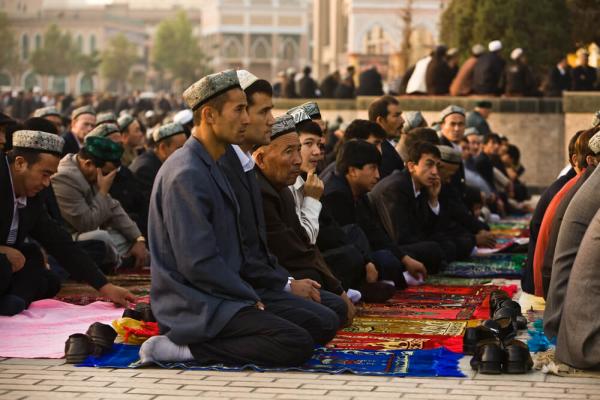May 29, 2019
Uighur leaders and experts located outside China have warned that the situation could worsen, and “mass murder” could not be ruled out. With upwards of 10 percent of the Uighurs being held against their will, it is being called the worst and the most neglected humanitarian crisis of the past 10 years. Why is this is happening, and what makes the Chinese government see Muslims as a threat?
Read the Full Article

Already a subscriber? Login
